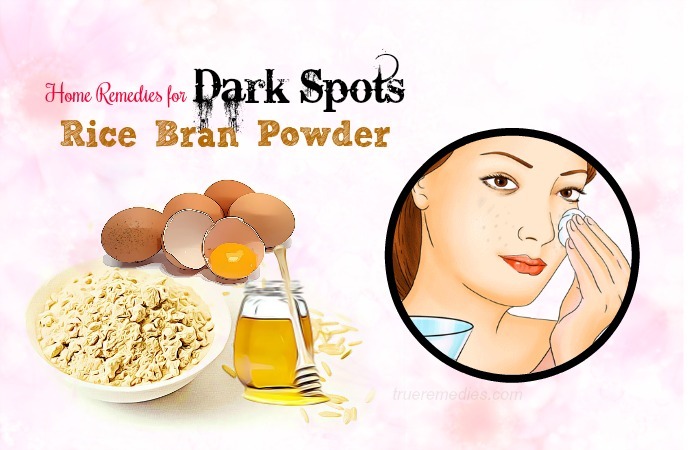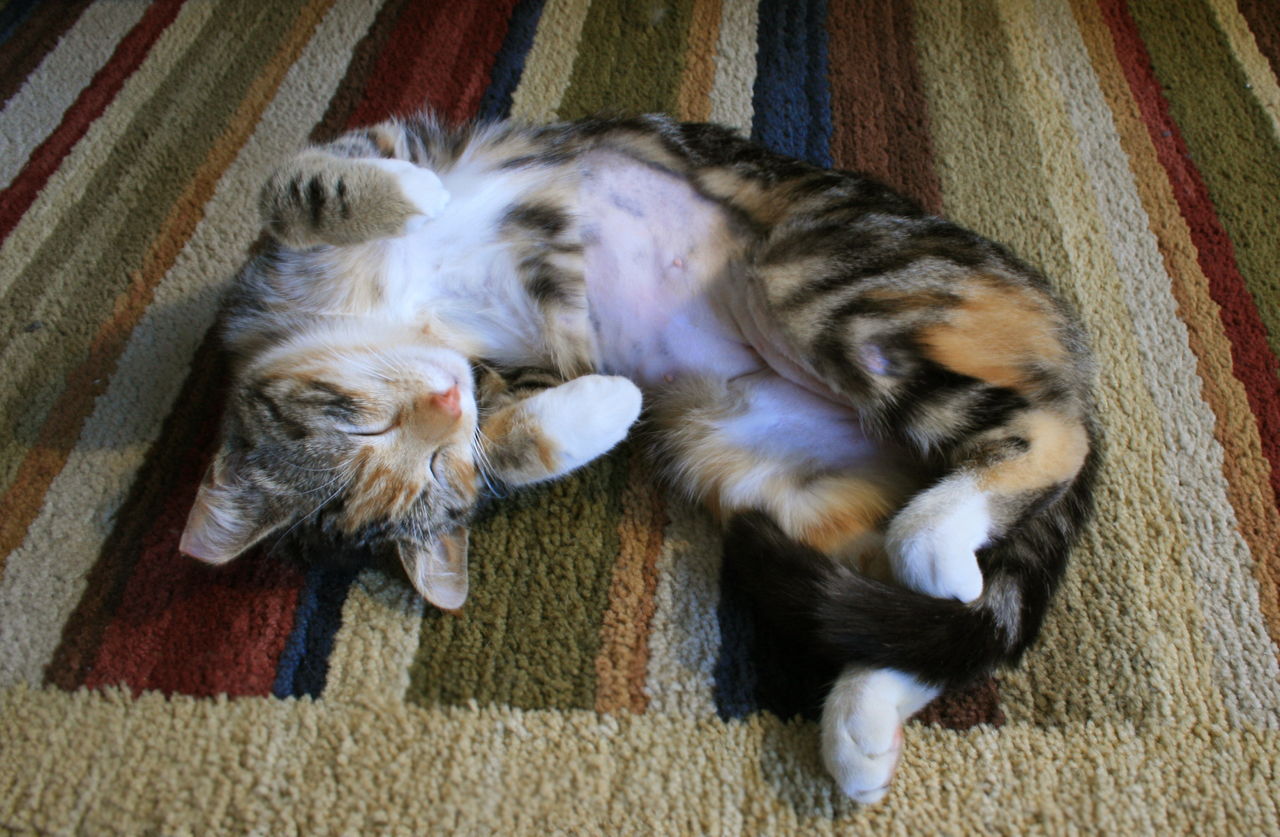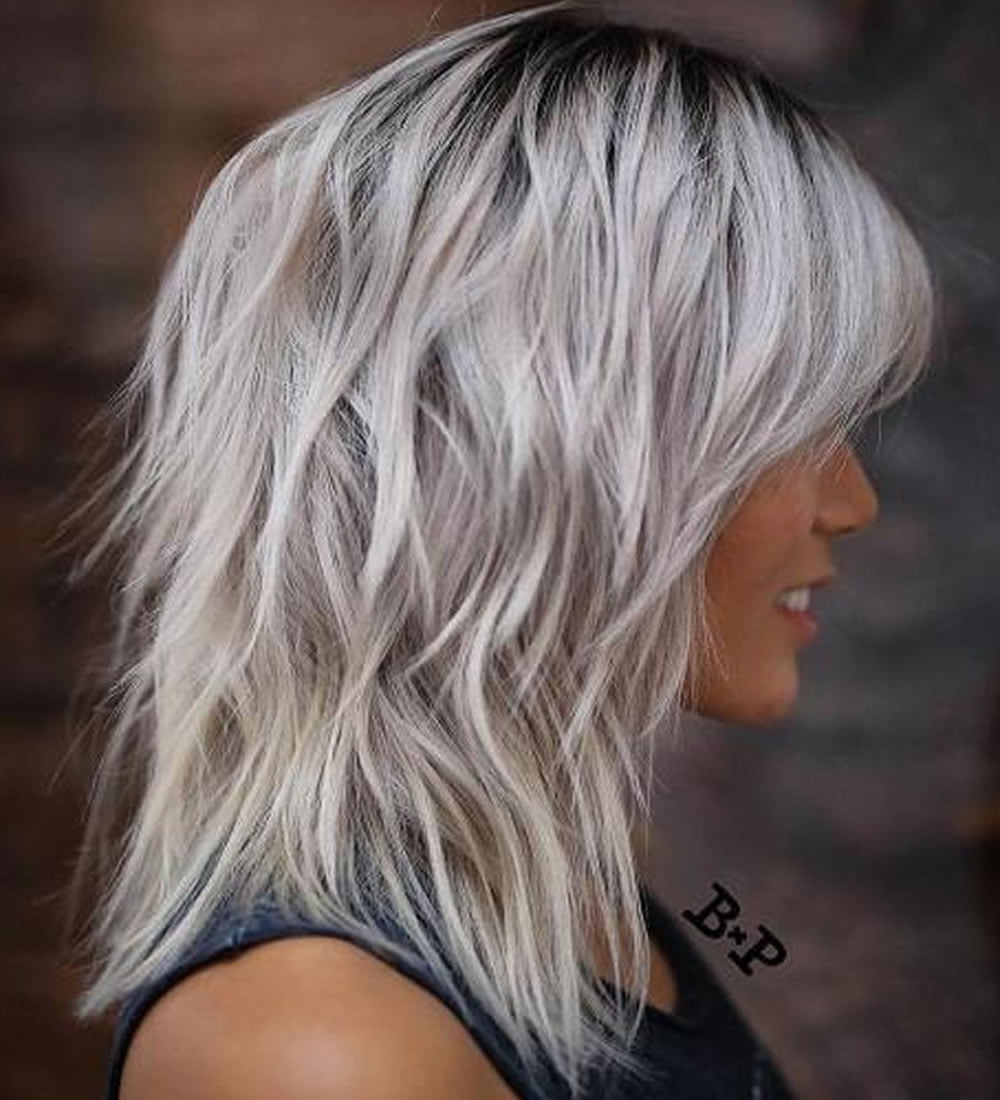Table of Content
A dog’s natural instinct is to lick, rub or scratch areas that are painful or irritating. If a hot spot occurs in the same area over and over, ensure your vet thoroughly examines the underlying skin, muscle and joint. If your dog’s hot spot is not improving after 2-3 days, or is getting worse, seek veterinary treatment . If a dog’s skin has gotten to the point where he cannot naturally heal an infection, he will need our help. Types of bacteria found in hot spots is called staphylococcus.

Hot spots are uncomfortable and your dog will want to lick and scratch the sore. If surrounding hair is not removed, it mats with fluids on dark, warm, moist skin making an ideal environment for bacteria to thrive. Removing the hair keeps tender areas dry and clean, and helps reduce irritation while his skin heals. If you skip this step, the hot spot will be much harder to heal. I remember the first time I noticed a hot spot on my Golden Retriever. He had just come home from a few days at doggy daycare.
Help Your Dog Heal From the Inside
Calendula stimulates white blood cells to destroy harmful microbes. They also found that calendula tincture to be as effective as bleach in killing germs. Remove the tea bag from the warm water onlyafterit has cooled and place it directly onto the hotspot. Cover the area with several drops of the tea tree oil and use the cotton ball to gently rub the tea tree oil into the skin. Use the dropper to directly apply the tea tree oil to the hotspots.

Despite its widespread use and medical evidence, many mainstream health care systems remain CBD-hesitant. With clean hands, use grooming scissors to clip fur as close to the skin as safely possible. Only use grooming scissors designed for dogs, as regular scissors pose the risk of cutting the skin. You may notice that your dog has already chewed or scratched much of the hair off.
Aloe Vera
When dog hot spots are a chronic problem, it can be aggravating and frustrating for pet owners. There is nothing easy about treating a hot spot of a dog. The Elizabethan Collar works great for keeping the dog from licking, but the cone gets in the way of them getting a drink of water at night when the owners are asleep. Most hot spots I've seen a dog will chew on are on the legs near the paws. It's a location that is analogous to the top of the wrist or foot of a human. When we have a wound we can get to, humans have a propensity to pick at the scab and when we do the picking at a scab prolongs and interrupts the healing.process.
If their skin becomes itchy, they scratch over that area of the skin, which in turn aggravates the condition. At times, compulsive scratching might be attributed to poor grooming. Feline hot spots could also be attributed to boredom or stress in cats. Cats might scratch or bite, if they are bored or stressed. In the end, hotspots are a common skin condition amongst all breeds of dogs. If you find that your dog has suddenly become stricken with hotspots, you can ease their irritation andheal their skinwith the help of these natural home remedies.
How to Prevent Hot Spots on Your Dog
Gone are the days when aloe vera was just a potted plant sitting on your windowsill, jazzing up your home... Seek treatment or advice for any allergy symptoms you may notice and try to find the cause. To relieve itching, a small amount of witch hazel spray is a topical option. To prevent aggravating the hot spot, put a small amount of vapor rub around the affected area. Gently massage the area with a cotton ball to ensure the oil gets fully absorbed into the skin.
Dandelion greens and dandelions can be given to a dog. The reason is that dandelion is one of the most nutrient complete herbs on the planet. It provides brilliant nutrition to the dog which ultimately helps the immune system in functioning much better. Dandelion on the menu for the dog is a natural way to get rid of many diseases. If you suspect that your pet may be suffering from a severe medical condition, consult your veterinarian immediately. Probably the easiest to find in your local store, coconut oil has a great deal of anti-fungal properties and can be useful when used topically or internally.
Both of these herbs calm the skin, stop the itching, and help support a normal inflammatory response. Known as acute moist dermatitis or pyoderma, the dreaded hot spot should be called the "red, gooey, inflamed, hairless spot varying in symptoms, size and severity" spot. It is no secret that baby shampoos provide a gentle cleansing effect. The mildness of the baby shampoo will soothe the irritated skin and prevent further scratching and damage to the area.

Hotspot is a painful, pus filled infectious stretch of skin that most commonly affects dogs and sometimes other pets such as cats. Dogs who have thick hair are most prone to developing hotspots. It becomes painful and really very itchy in a few hours. If the dog licks or itches it, then the hotspot becomes worse. Home remedies provide immense relief from this condition.
Sign up and get the latest pet health tips, news, articles and alerts delivered monthly to your inbox. And get the latest pet health tips, news, articles and alerts delivered monthly to your inbox. Treat the affected skin with an antibacterial and antifungal agent.

Support her immune system and get her energy flowing. It's important to treat hot spots internally as well. So, it's really important to try to get to the bottom of your dog's hot spots, and treat the underlying cause.
Depending on the sensitivity of the hotspot on your dog, directly applying Betadine can be slightly painful for them. If your dog does not have a high pain tolerance or if they are suffering from severe hotspots, it is best to dilute this disinfectant before you apply it to the hotspot. Repeat 2-3 times per day until the hotspots are no longer present. Repeat two to three times each day until the hotspots are healed.

Hot spots can appear anywhere on the dog’s body, but the rump, tail, back, and flanks are common sites. Usually, the hot spot appears suddenly as an initially small circular area of hair loss, but they can spread rapidly. Sores can grow to several inches in diameter within a few hours. Cats spend most of their time in keeping themselves clean. While dogs employ the mechanism of panting to cool off, cats lick themselves and rely on the evaporation of saliva to maintain their body temperature. Licking also promotes the production of sebum by the sebaceous glands that’s present at the base of hair.
Remedies and Treatment Options
Strengthen your dog’s digestive and immune function while supporting internal organs. Holistic treatments look to ease symptoms and keep hot spots from spreading. Suppressing the body's elimination response can drive inflammation deeper into the tissues. If your dog's hot spots keep coming back, the cause could be muscle tension, injury or pain. This is common if you find a hot spot on or near the spine. Look for tension near the hot spot moving downward or slightly left or right of the area.
Your dog’s health is largely a function of his diet. Nutrients support the health of his skin and fur and his ability to fight infection and eliminate toxins. Provide lots of safe chew toys to distract him and keep his anxiety down. Chewing relieves anxiety and provides a great distraction while hot spots heal. Offer some safe bones or kong toys to keep your dog distracted and stress-free. Cannabidiol is a well-researched, well-tolerated and extremely safe component of the hemp plant.

No comments:
Post a Comment